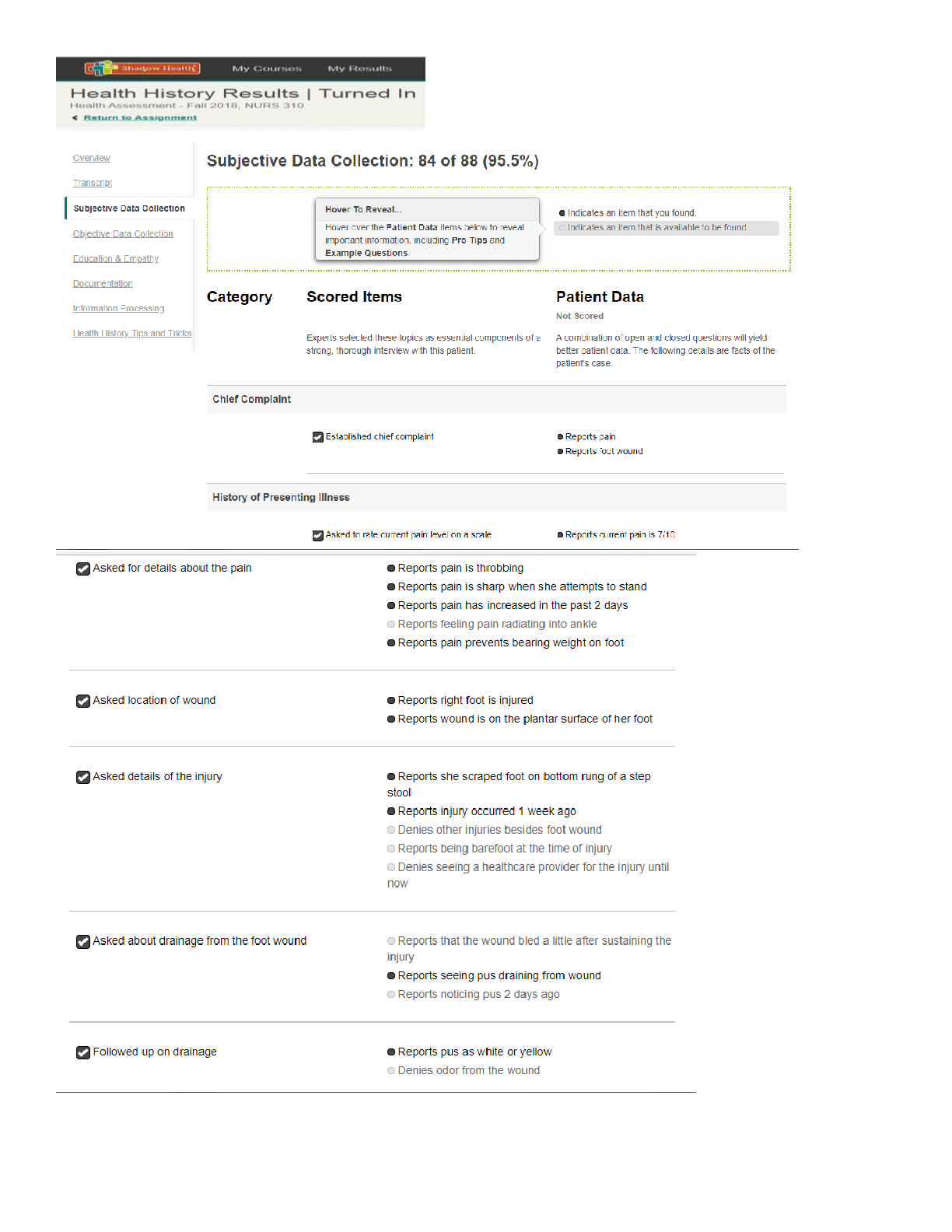*NURSING > STUDY GUIDE > Nursing 100 ATI Physical assessment child Latest Verified all Correct Answers, Latest Questions and (All)
Nursing 100 ATI Physical assessment child Latest Verified all Correct Answers, Latest Questions and Answers with Explanations, All Correct Study Guide, Download to Score A
Document Content and Description Below
Nursing 100 ATI Physical assessment child Latest Verified all Correct Answers, Latest Questions and Answers with Explanations, All Correct Study Guide, Download to Score A Stethoscope Stethoscopes a... re used to auscultate, or listen to, a variety of sounds generated within the body. They come in several styles and levels of quality. In general, higher quality stethoscopes allow better transmission of sound. Choose an infant, child, or adult size if available. Disposable stethoscopes are provided in some practice settings. In any case, the diaphragm should achieve sufficient skin contact to minimize environmental sounds. Clean stethoscopes (the diaphragm, bell, and earpieces) before and after each use, especially if used for more than one patient. Most nurses use acoustic stethoscopes. With this type, the stethoscope’s head picks up sounds that are transmitted through hollow tubing to your ears. Many stethoscopes have rotating heads, thus you can listen either with the diaphragm, which is better for listening to high-pitched sounds, or with the bell, which is useful for hearing low-pitched sounds. Stethoscope tubing that is thick, fairly heavy, and no longer than 18 inches is best for transmitting sound. The earpieces are attached to bendable metal tubing, so that you can insert the earpieces at an angle toward your nose. This allows the sound to be projected in the direction of your tympanic membranes. The earpieces should be soft, comfortable, and large enough to fill your ear canal and block outside sounds. To use the stethoscope, place the earpieces in your ears, making sure that they are directed toward your nose. Rub the stethoscope’s diaphragm with warm, clean or gloved hands so that it will feel warm on the patient’s skin. To listen to high-pitched sounds, such as heart or lung sounds, use the diaphragm. Gently rub the diaphragm to ensure that your stethoscope’s head is rotated correctly. Apply the diaphragm firmly to your patient’s skin, using your index and middle fingers to apply pressure. Be sure that nothing rubs against the tubing because that will generate distracting sounds. When listening for low-pitched sounds, such as checking blood vessels for bruits, use the stethoscope’s bell. Use light pressure, but be sure that the entire rubber ring around the bell is in contact with the patient’s skin. Penlight Use a penlight for better visualization when you examine body orifices, such as the mouth, or in skin folds where you need extra illumination. Penlights are also used to check pupillary responses. [Show More]
Last updated: 1 year ago
Preview 1 out of 120 pages

Reviews( 0 )
Document information
Connected school, study & course
About the document
Uploaded On
May 01, 2021
Number of pages
120
Written in
Additional information
This document has been written for:
Uploaded
May 01, 2021
Downloads
0
Views
33


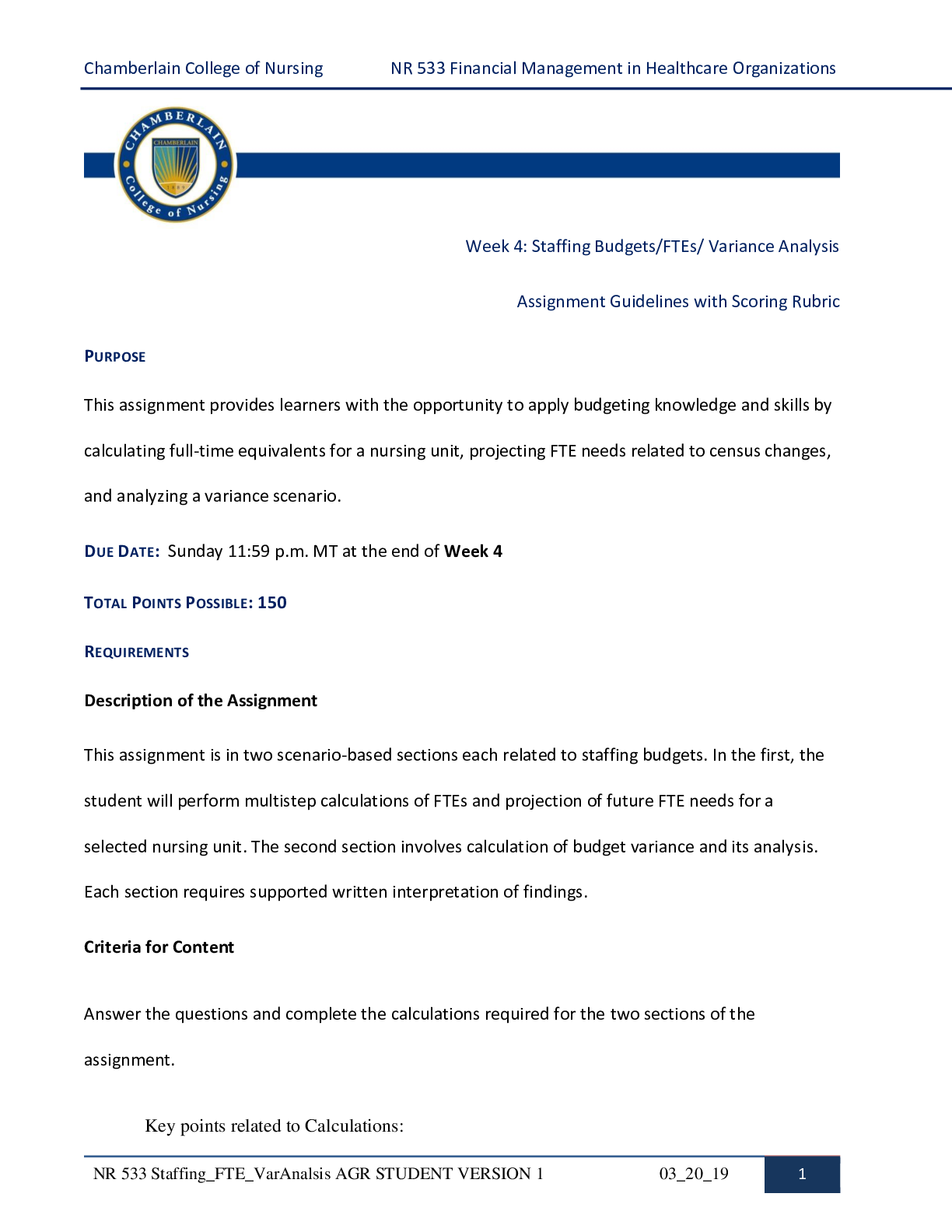
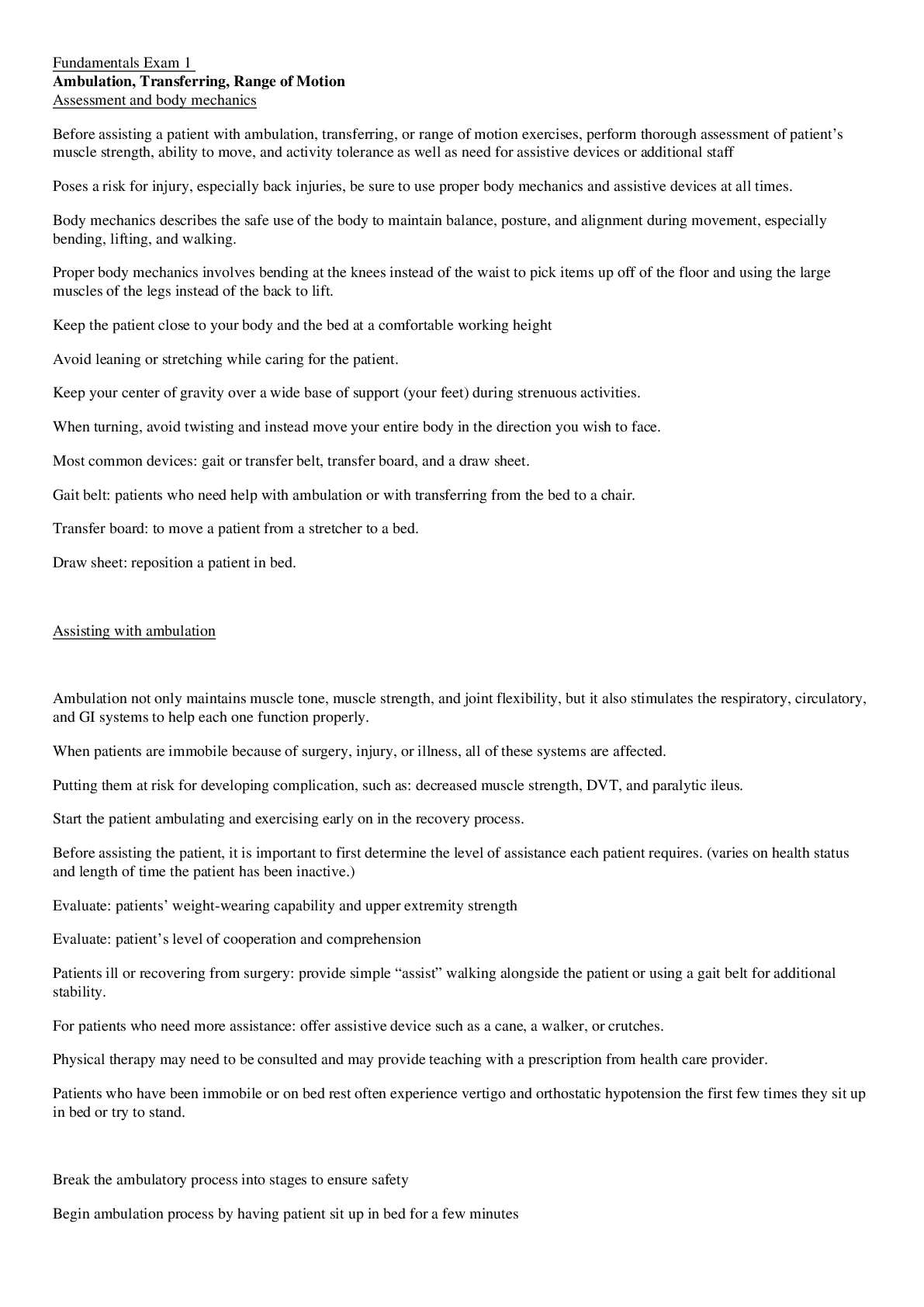

 Latest Questions and Complete Solutions.png)
 Latest Questions and Complete Solutions.png)



 OB Final Exam Review - Summary Maternity Nursing.png)

 Summary Fundamentals of Nursing lectures - Exam 1-3 study guide.png)
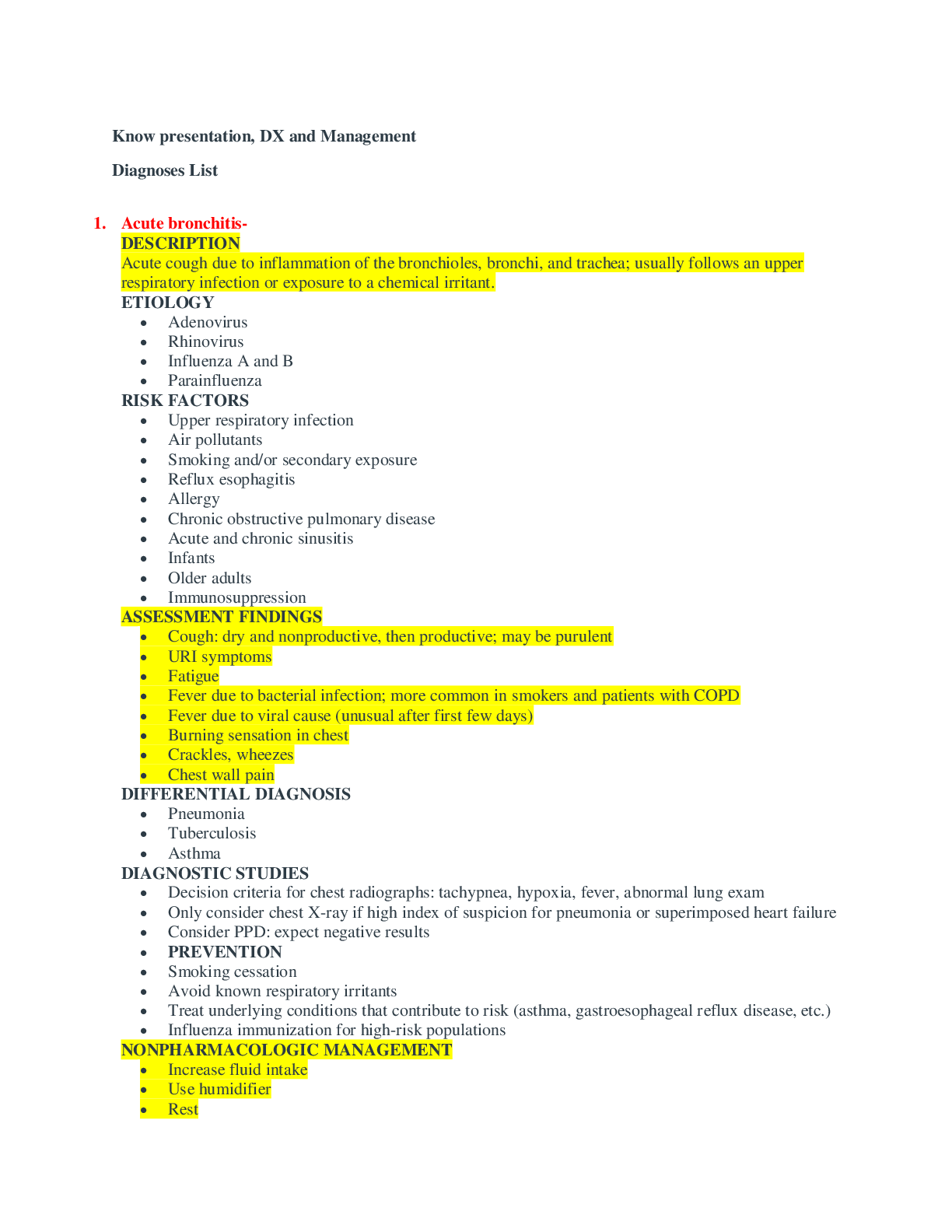

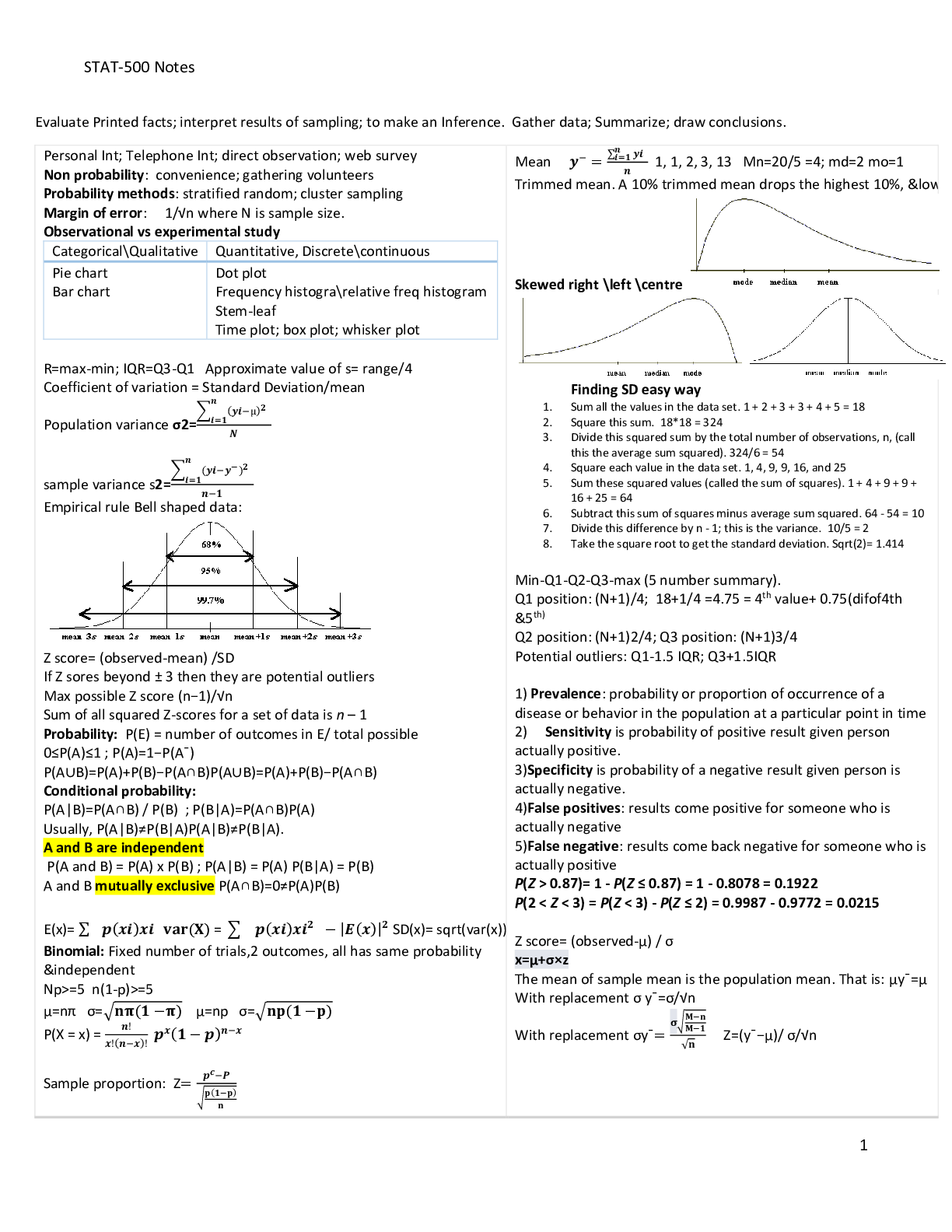
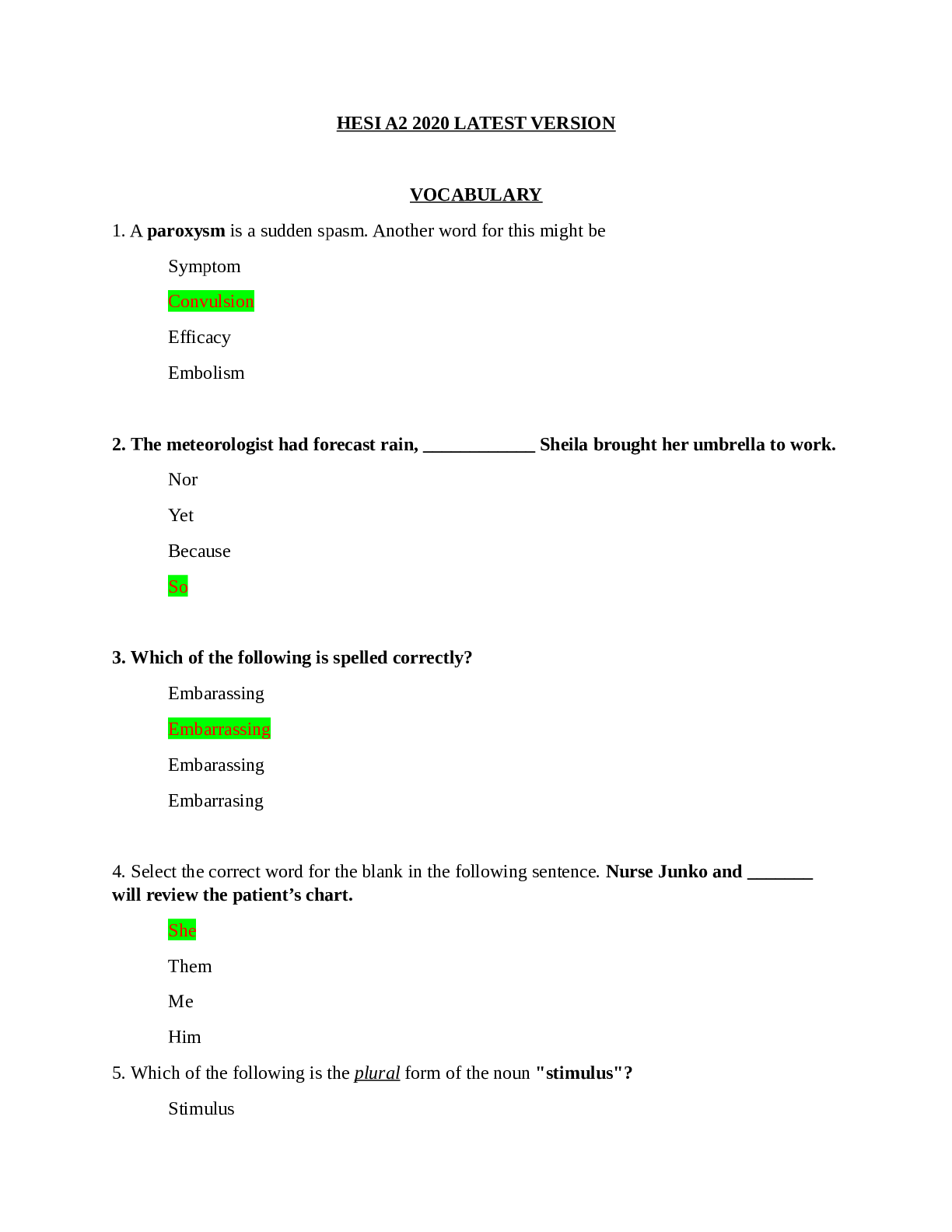
.png)
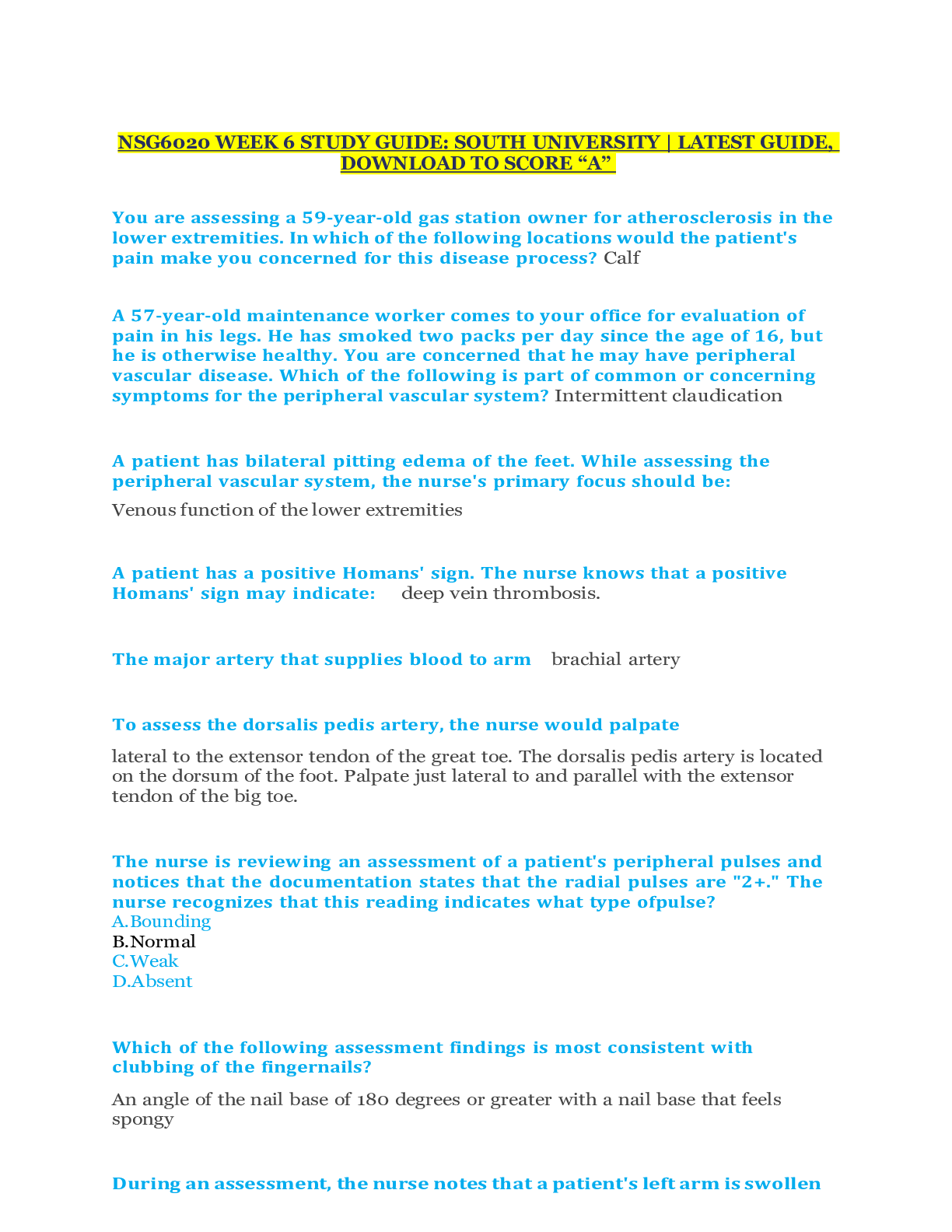
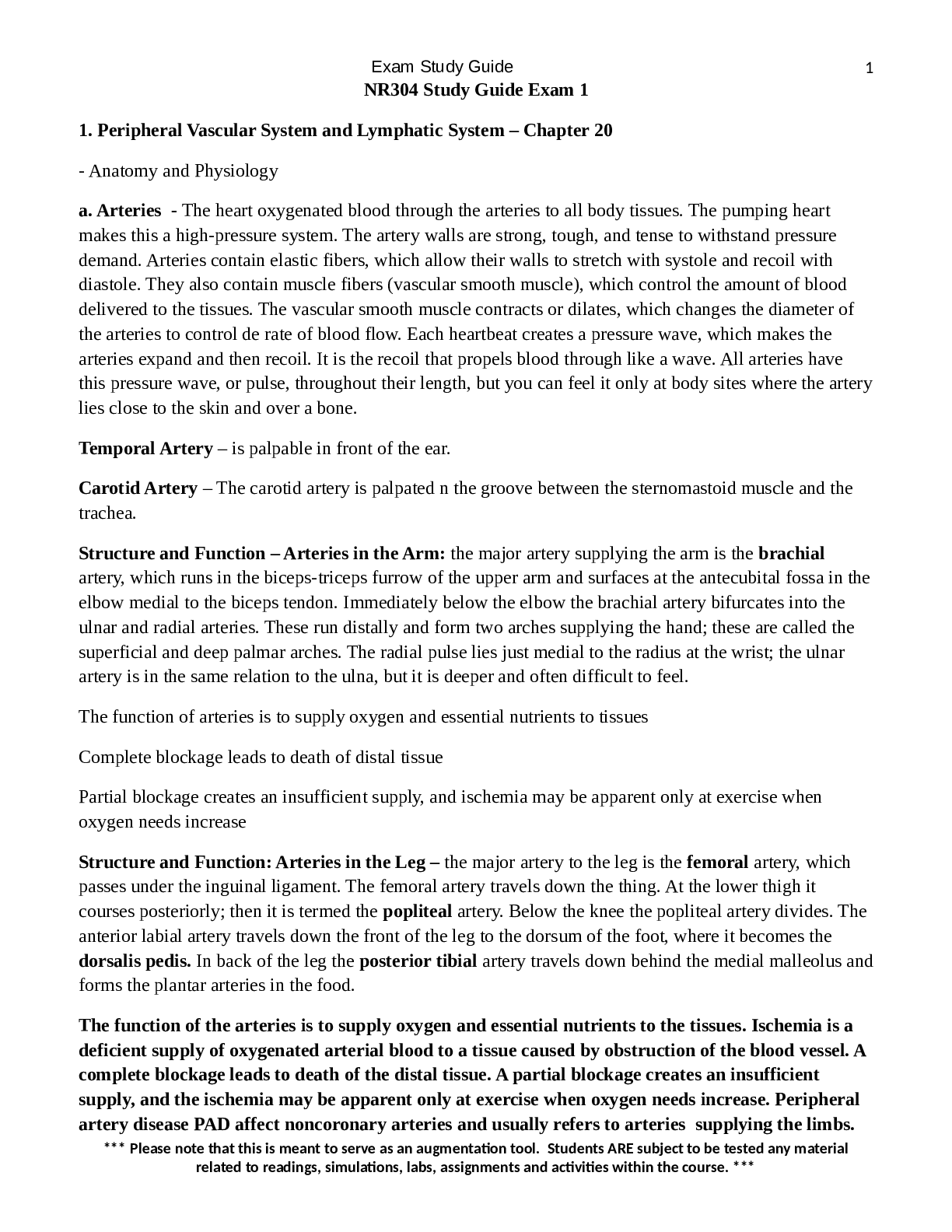

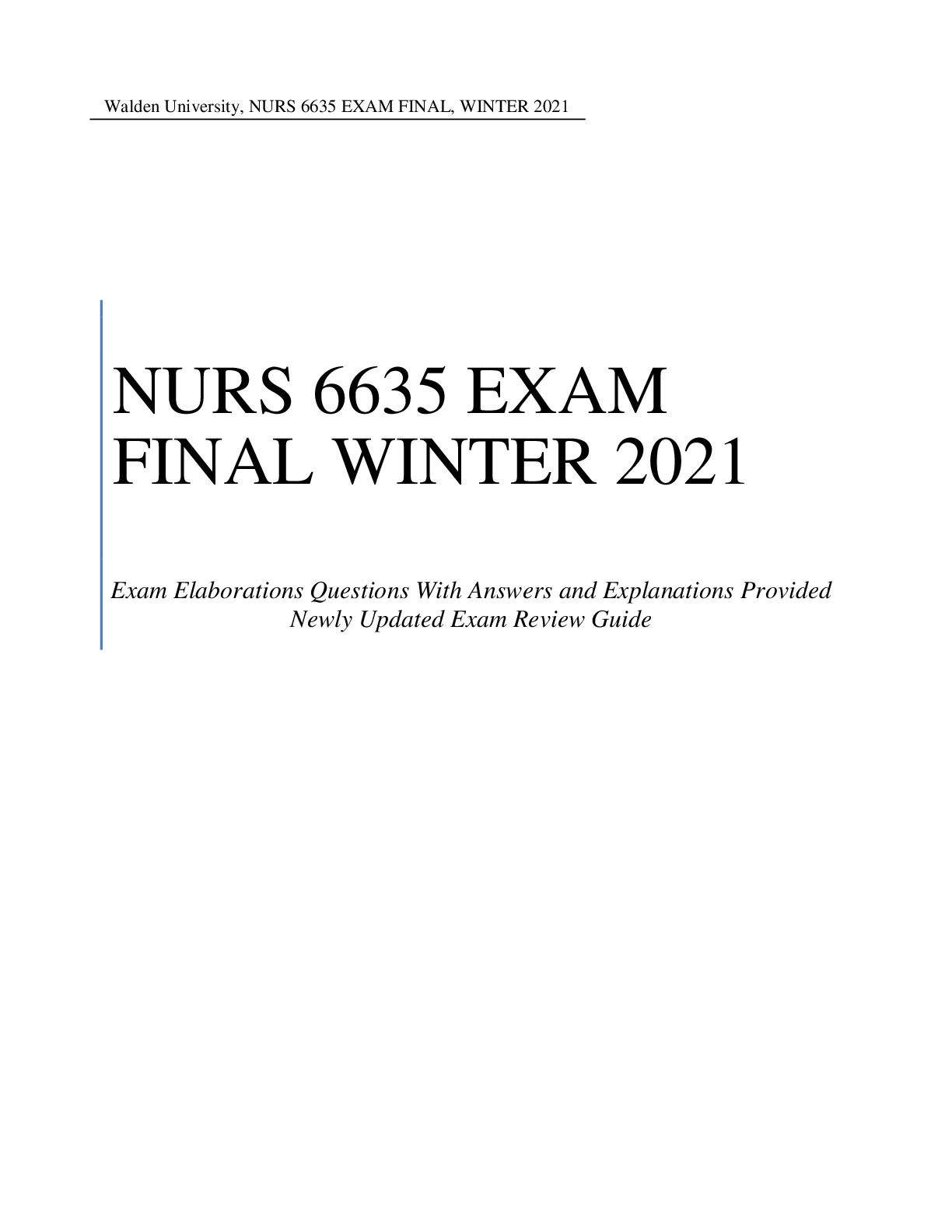
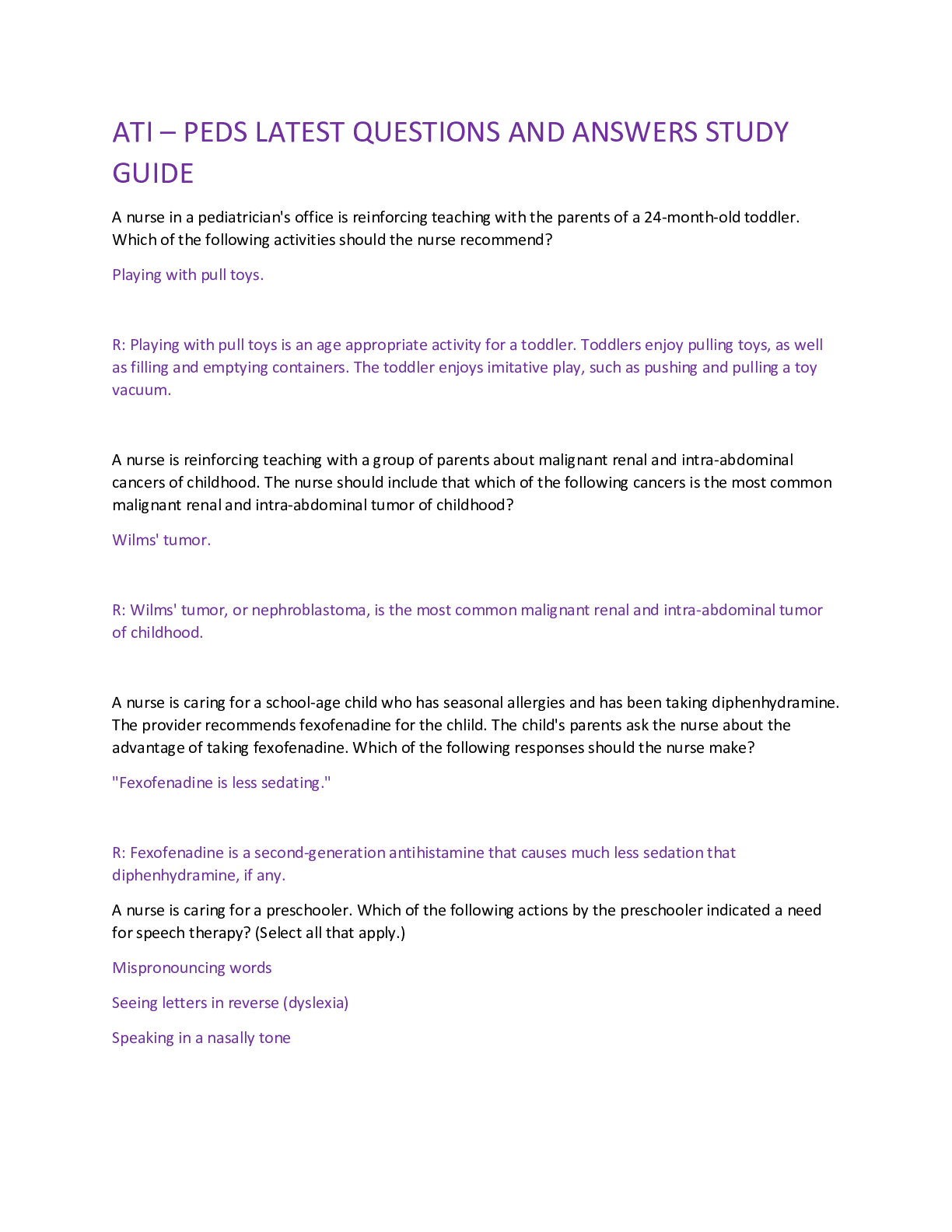
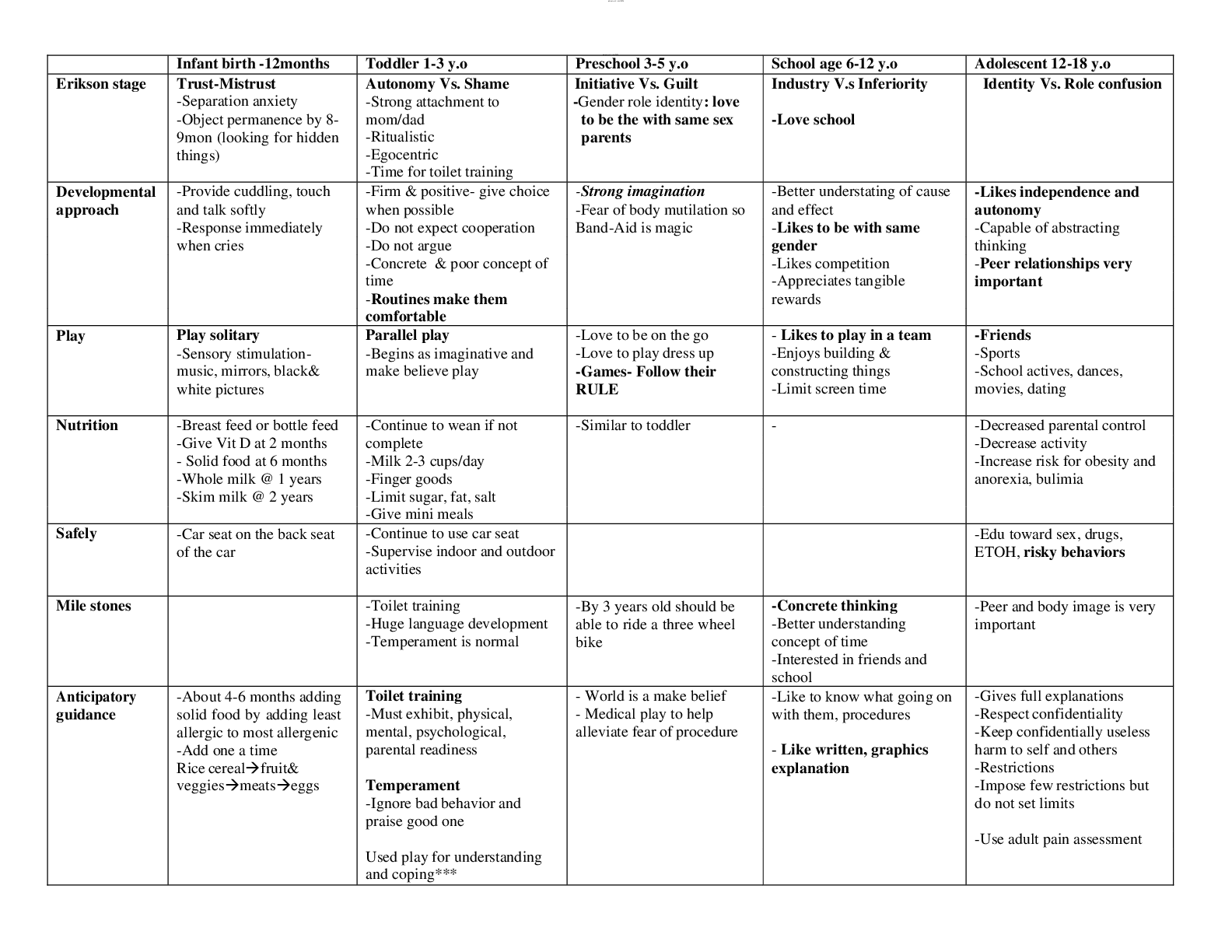
, Latest Questions and Answers with Explanations, All Correct Study Guide, Download to Score A.png)
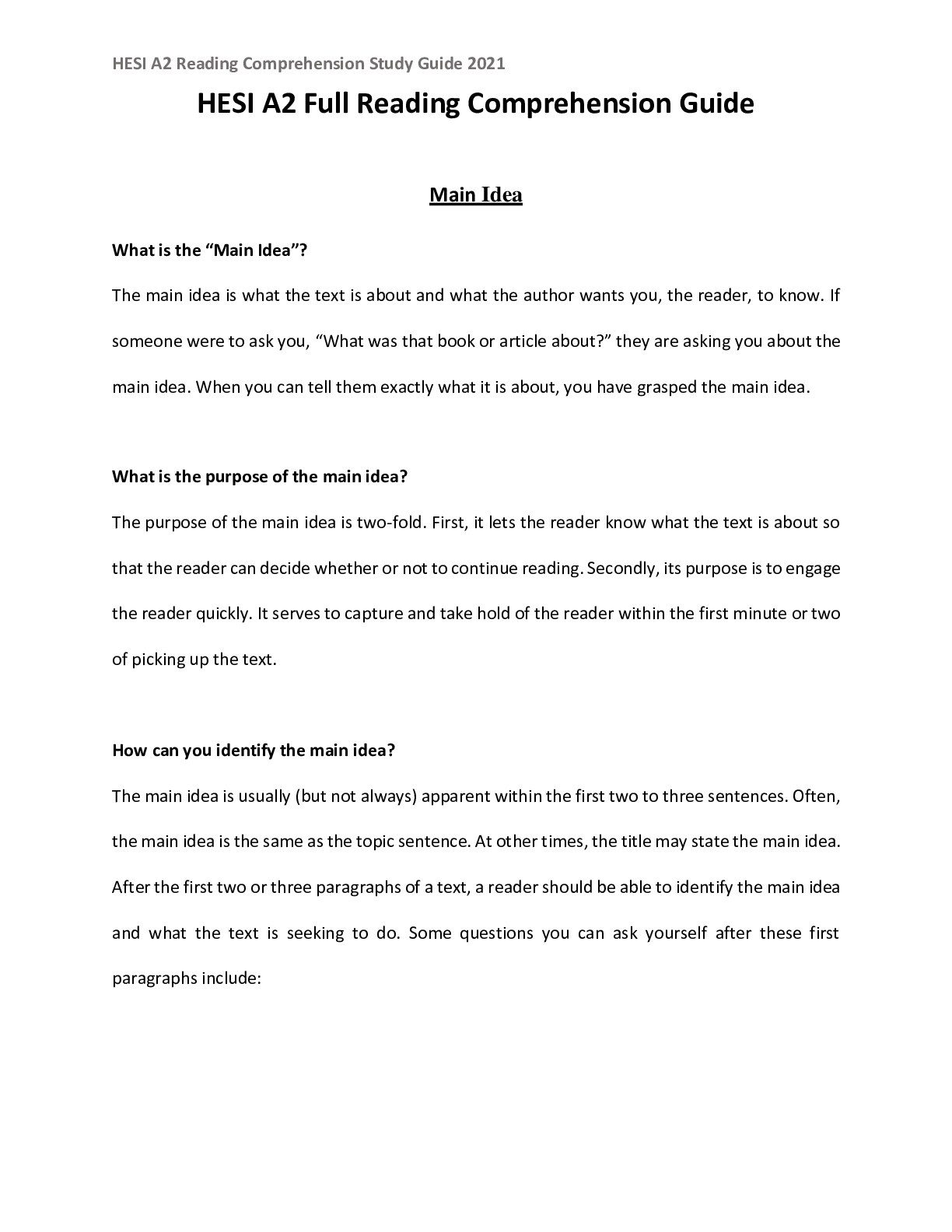

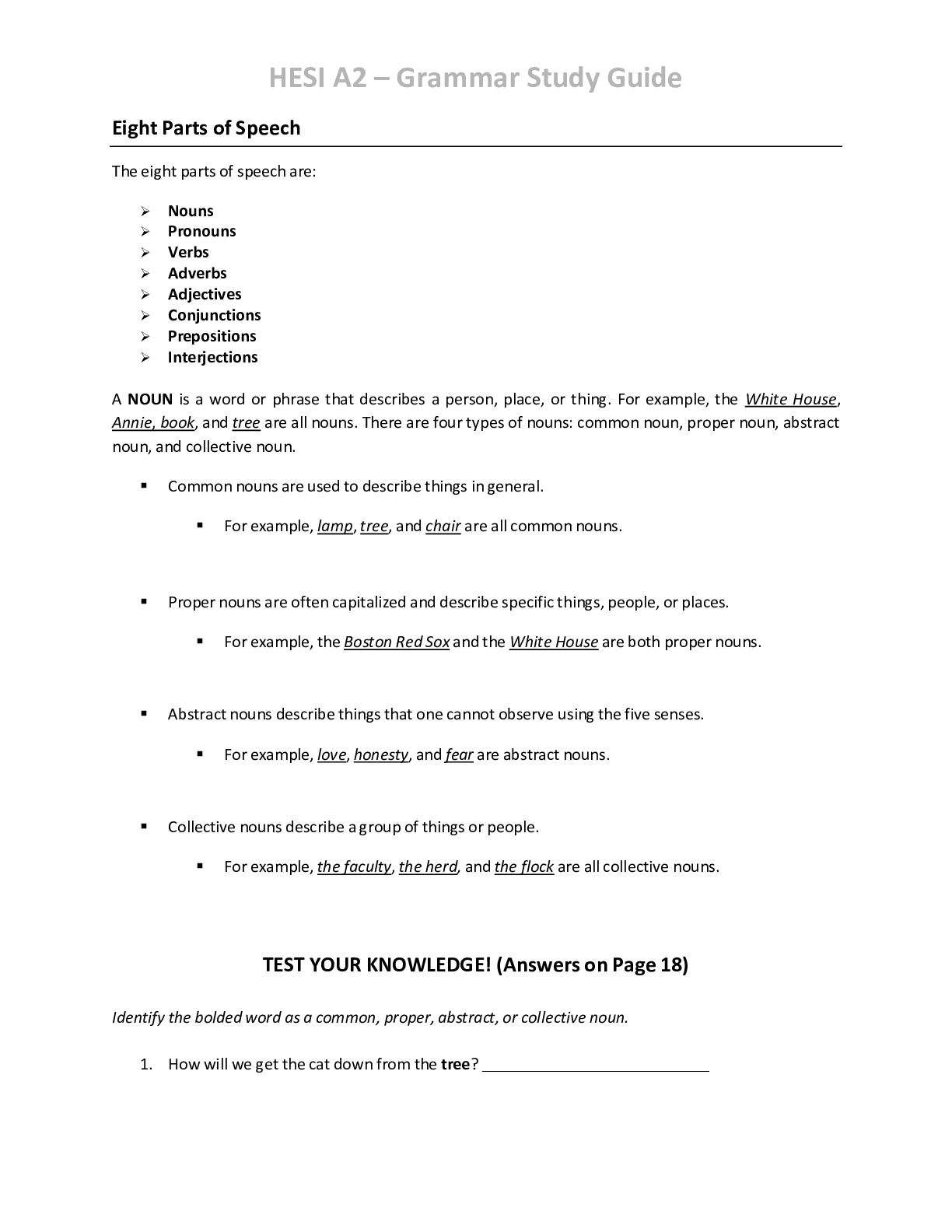
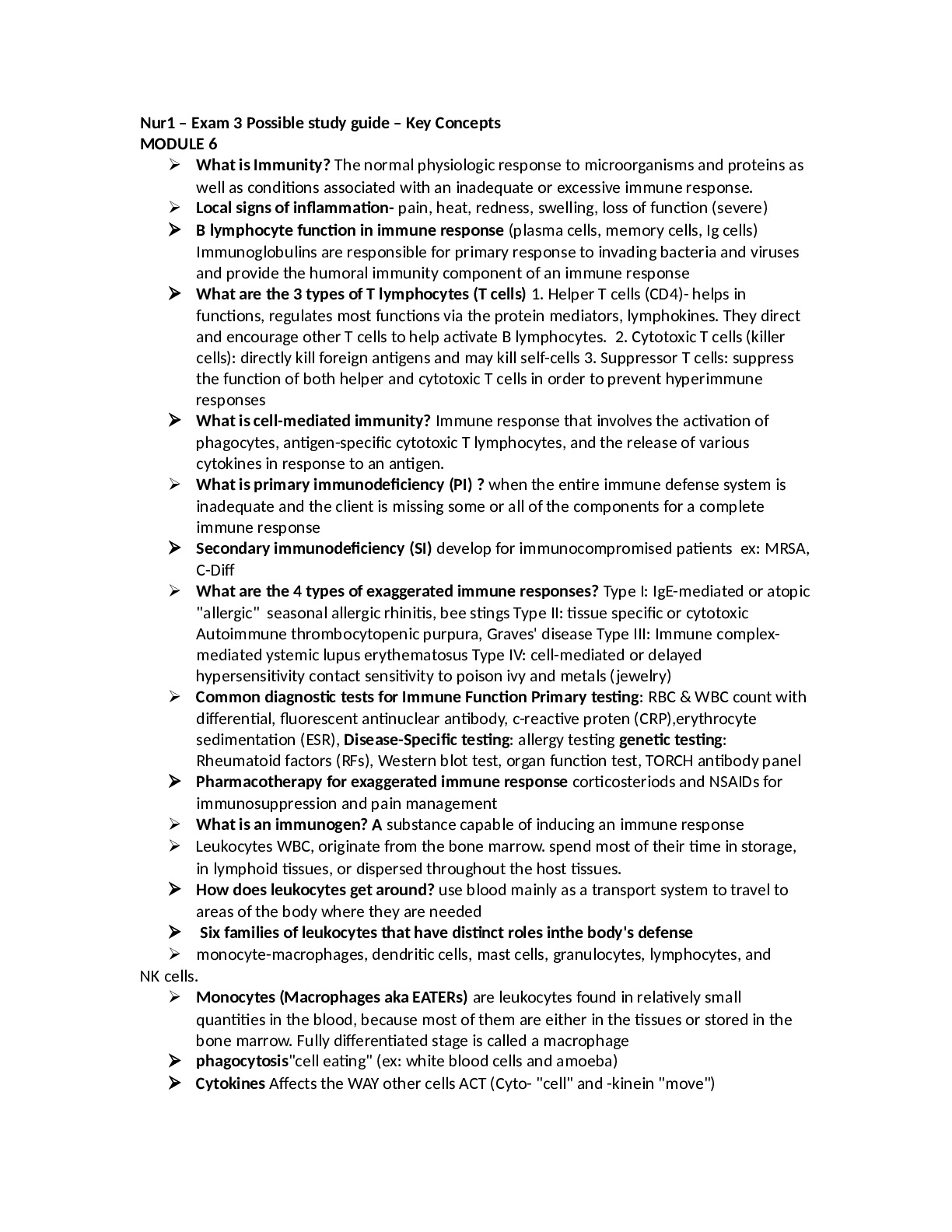
 Correct Study Guide, Download to Score A.png)
